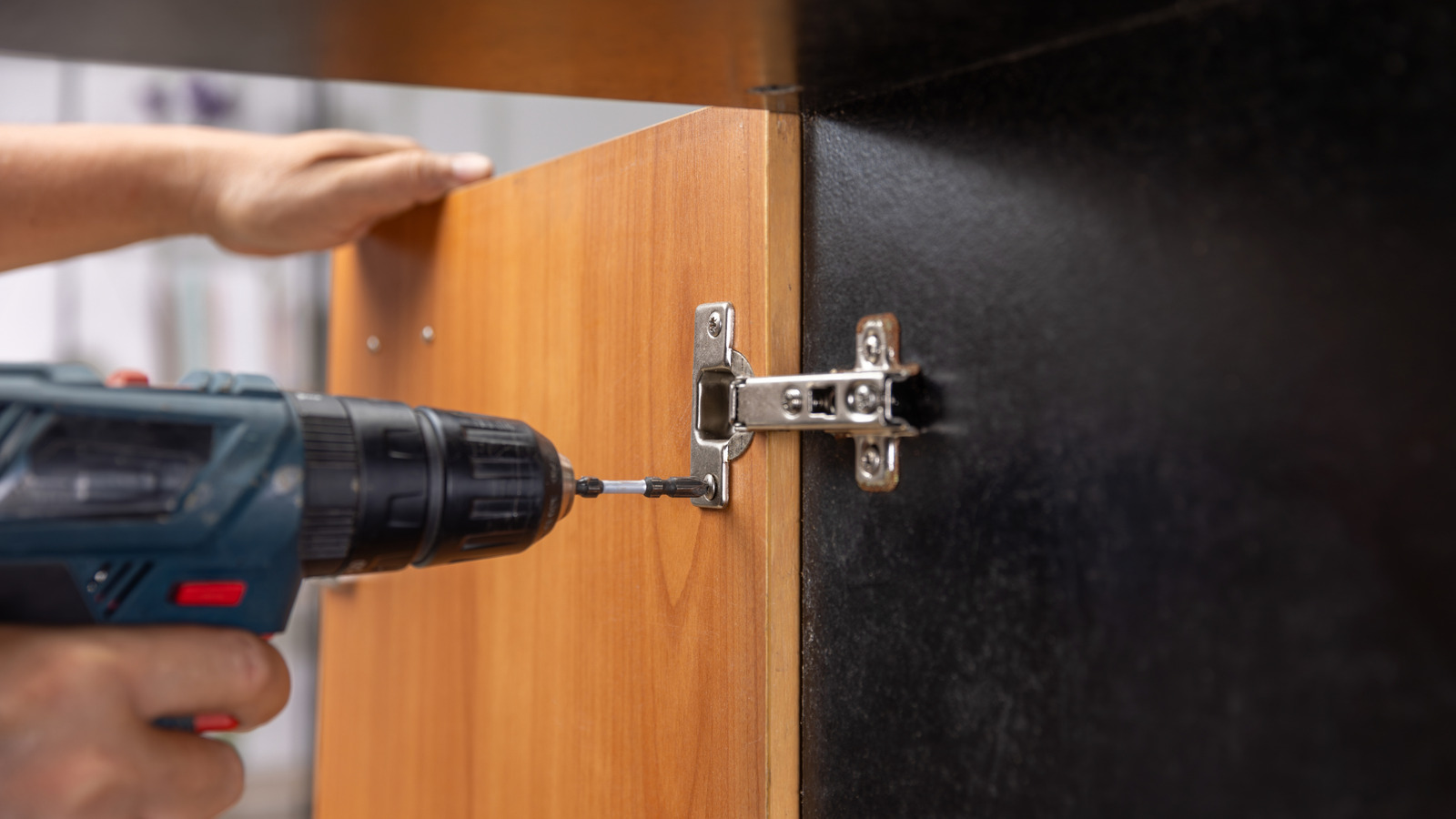
"Improper hinge selection is one of the easiest mistakes to avoid when buying new kitchen appliances. It's painfully obvious when it goes wrong; the built-in fridge opens to the right - blocking the kitchen door. The washing machine swings left, forming a barricade across the heavily trafficked walkway and stopping anyone from opening the pots and pans drawer. Before screwing hinges into place, look left and right. Will it block anything of value? An interrupted workflow in the kitchen is no fun for anyone."
"Different hinges have different effects, and which hardware you choose can be as important as which side you select. Fixed hinges are the vanilla choice: simple mechanisms that attach the appliance and cabinet door. Sliding hinges allow doors to roll open on tracks, while butt fittings are easy to install, but lack support for heavier doors - occasionally necessitating multiple attachments."
Attention to hinge placement and selection is crucial to kitchen layout functionality and workflow. Incorrect hinge orientation can block entryways, appliances, drawers, or heavily trafficked pathways, creating obstructions and interrupting kitchen tasks. Consult manufacturers before purchase to determine whether appliances can be hinged on either side, because some models have fixed, incompatible configurations. Different hinge types produce distinct effects: fixed hinges are basic, sliding hinges use tracks, butt fittings are simple but provide limited support, ball-bearing hinges enable quiet closing, and flush hinges conceal hardware. Consider heavier doors and the potential need for multiple fittings or self-closing springs to enhance durability and usability.
Read at Tasting Table
Unable to calculate read time
Collection
[
|
...
]